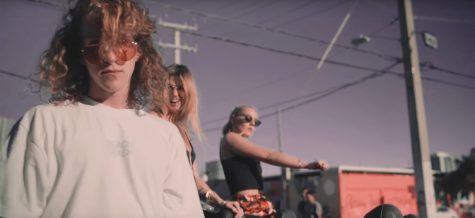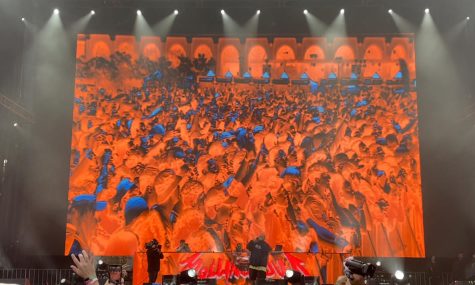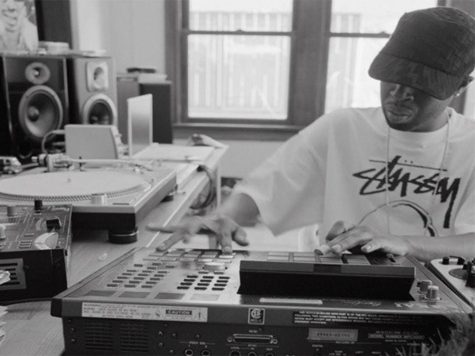Review: My Bloody Valentine’s m b v
February 16, 2013

In 2007 I asked my close friend Conor for his thoughts on Arcade Fire’s recently released sophomore album Neon Bible. His response: “I love Neon Bible because it doesn’t ruin Funeral for me.Û
As good a compliment as any for an artist burdened with the task of following-up a beloved record, I discovered what this meant two weeks ago with the release of My Bloody Valentine’s long-awaited follow up to 1991’s seminal LP Loveless. Rather than attempting to change the formula of their previous record, the band tinkers with the sonic pallet and instrumentation just enough to allow the songwriting and feedback-drenched melodies to creep to the surface.
The band’s first full LP in over 20 years, m b v’s success lies in its nuanced reinterpretations of the group’s previous release. While on the surface the format appears the same, as the band indulges in their indistinguishable reverbed vocals, soaring reverbed guitars and atmospheric reverbed synths, some nuanced changes give m b v its own identity.
The guitar tones are fuller; The vocals are a bit more rounded, less treble-y, and higher in the mix. The tremolo on songs such as “New You” is clearer and cleaner. Drummer/drum-sampler Colm ÌÒ Cüosüig incorporates looping Happy Mondays/jungle-influenced rhythm on tracks “Only Tomorrow,” “In Another Way” and even “New You,” favoring the upbeat snare, hi-hat and tambourine over Loveless’s crashing cymbals and Isn’t Anything’s propulsive post-punk rhythmic assaults.
In the past, the band relegated these danceable beats and loops to more experimental EPs such as Temelo and Glider. However, this time the band blends them more effortlessly with Shields’s trademark shimmery, distorted guitar. The primary strengths and ingredients are the same: non-traditional song-structure buried between layers of distorted, yet anthemic riffs, and hazy, melodic vocals. But Shields & Co.’s tinkerings allow the record to take on its own unique feel.
After several listens, I finally arrived at my friend Conor’s conclusion. The record two decades in the making doesn’t try to top its predecessor; like Neon Bible, its differences are subtle tweaks of instrumentation and shifts in tone, with the same amount of care and melodic intuition that worked the first time.
m b v succeeds because 22 years and a million rip-off-bands later, My Bloody Valentine released a record that expands on the sound and feel of Loveless, without compromising the emotion and nuance that made it great.














